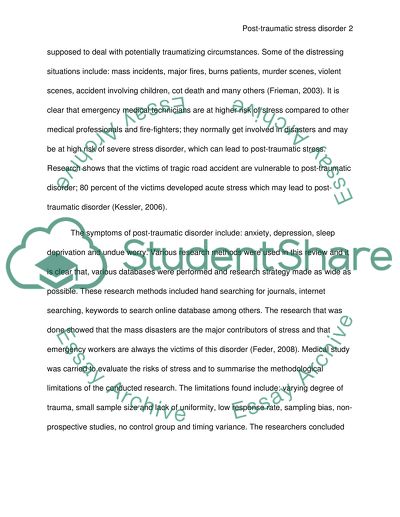Cite this document
(Posttraumatic Stress Disorders in Ambulance Paramedics Literature review, n.d.)
Posttraumatic Stress Disorders in Ambulance Paramedics Literature review. Retrieved from https://studentshare.org/psychology/1505000-posttraumatic-stress-disorders-in-ambulance-paramedics
Posttraumatic Stress Disorders in Ambulance Paramedics Literature review. Retrieved from https://studentshare.org/psychology/1505000-posttraumatic-stress-disorders-in-ambulance-paramedics
(Posttraumatic Stress Disorders in Ambulance Paramedics Literature Review)
Posttraumatic Stress Disorders in Ambulance Paramedics Literature Review. https://studentshare.org/psychology/1505000-posttraumatic-stress-disorders-in-ambulance-paramedics.
Posttraumatic Stress Disorders in Ambulance Paramedics Literature Review. https://studentshare.org/psychology/1505000-posttraumatic-stress-disorders-in-ambulance-paramedics.
“Posttraumatic Stress Disorders in Ambulance Paramedics Literature Review”, n.d. https://studentshare.org/psychology/1505000-posttraumatic-stress-disorders-in-ambulance-paramedics.


